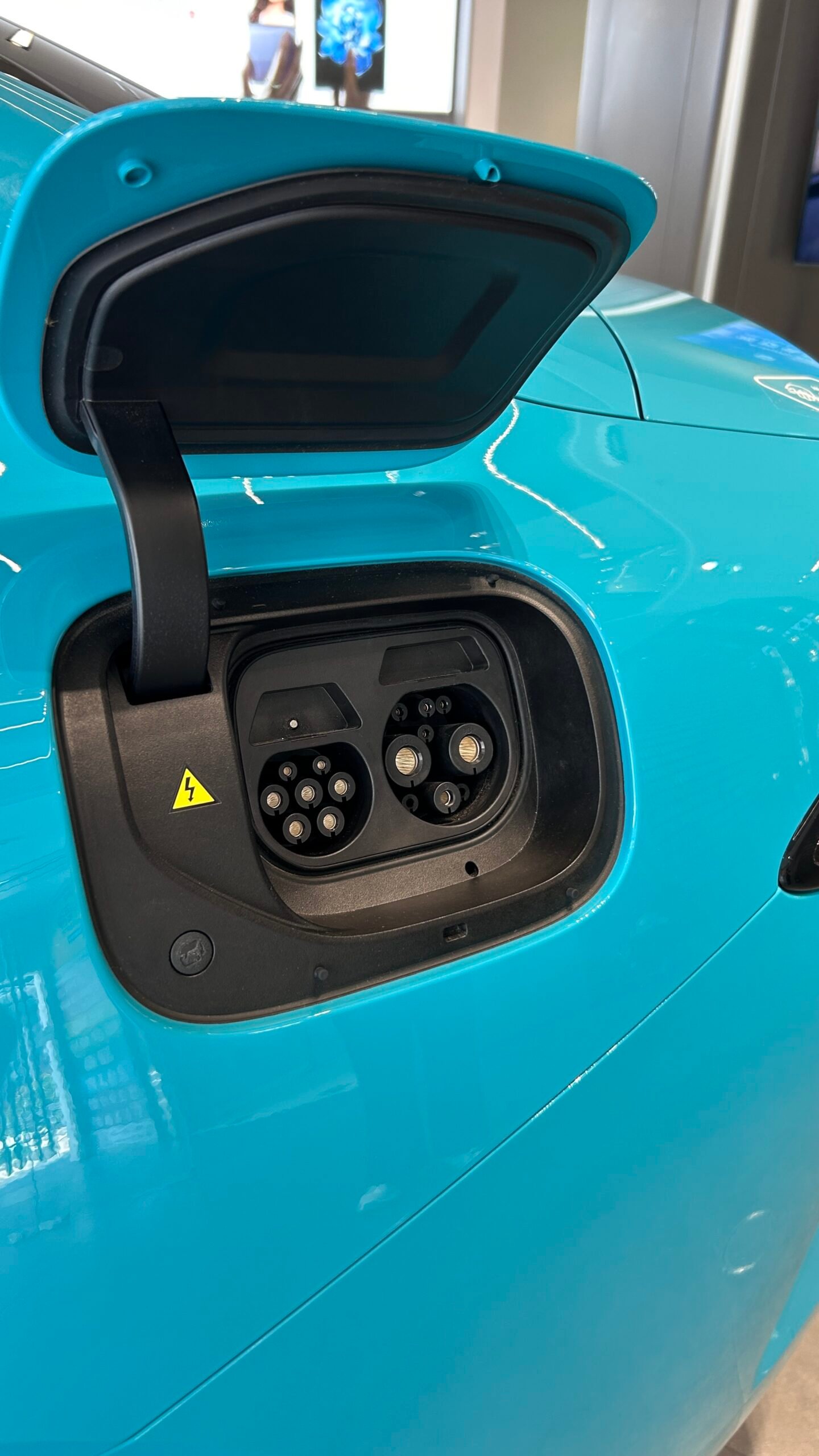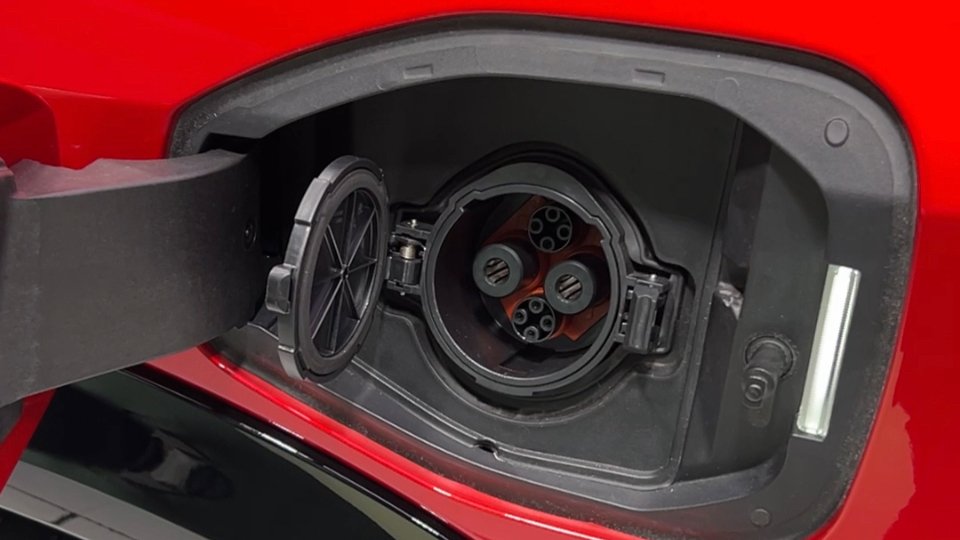At AO Connect FZC LLC, we are proud to announce the successful completion of our comprehensive research on global EV charging standards, conducted with a hands-on approach. Our analysis covers all major protocols, including:
- CCS-2 in European markets such as Germany, as well as Hong Kong, Macau, Taiwan, and South America.
- GB/T in China.
- CCS-1 in North America and South Korea.
- NACS in North America, Taiwan, South Korea, and Japan.
This milestone strengthens our position as a leading authority in the EV charging ecosystem and reinforces our commitment to supporting clients worldwide in navigating these standards effectively.
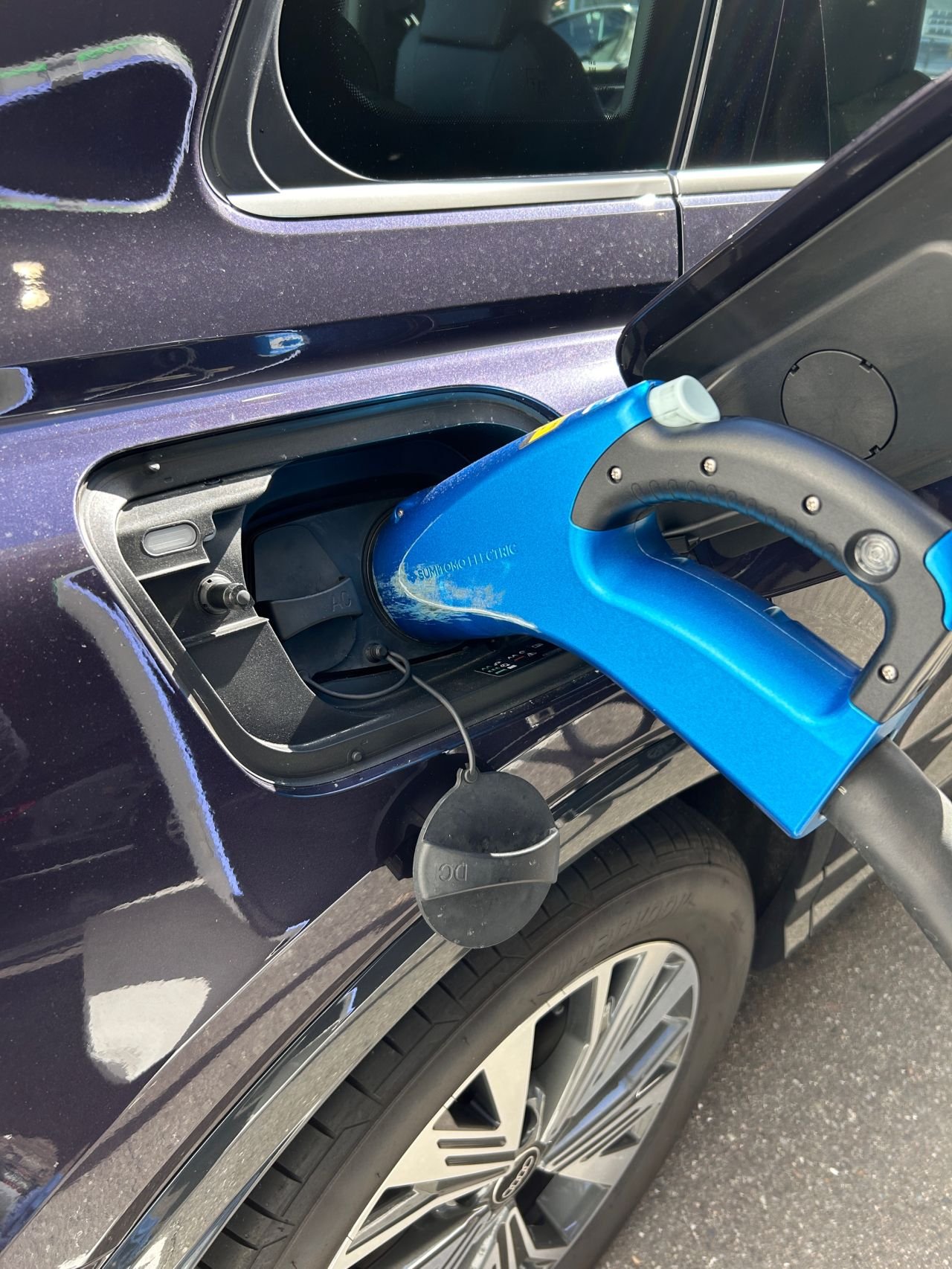
CHAdeMO has been widely available globally, but we anticipate that, over time, it will be gradually replaced by NACS, even in Japan.
Asia remains the most complex region, as it hosts every charging standard available worldwide, along with GB/T. This fragmentation is both puzzling and inefficient. Why must electric vehicles communicate in four different ‘languages’ with charging stations, depending on the region, just to receive the same fundamental energy – electricity?
Despite living on one planet, the conflicting interests of political and industrial stakeholders have led to the development of five different DC charging plugs and sockets. This is fundamentally illogical, especially when you consider that petrol and diesel vehicles globally use standardized fuel nozzle sizes.
The worst part is that, nowadays, NACS, CCS-1, and CCS-2 all communicate using the same charging protocol! Even Tesla vehicles retrofitted or equipped with CCS capability now use the NACS (CCS) communication protocol at NACS Supercharging stations, while older Tesla vehicles that don’t support the CCS protocol still use the original Supercharging protocol. Why use three different pairs of outlets and plugs when one would suffice?
On the other hand, couldn’t this have been an approach for China as well? One CCS plug and charge port, but two charging protocols: PLC (globally) and Can-Bus (for China)?
Tesla Motors deserves praise at this point for their older vehicles, which were delivered with the 3-phase Mennekes Type-2 (EU-NACS / DC-MID) charge ports, making them the best vehicles worldwide in terms of cross-compatibility! These vehicles could be charged globally without issues using OEM adapters, and in NACS markets, with an aftermarket adapter, even at NACS Tesla Superchargers and all other fast-charging stations.
Maybe it’s finally time to adopt a global approach again. Even though the boundaries for charging outlets and ports have already been established, it’s not too late to bring back cross-compatibility, as Tesla initially championed.
For example, a GB/T vehicle could handle PLC communication on the vehicle side if it were integrated. China’s CEC (China Electricity Council) could release standardized adapters – such as CCS-2 to GB/T, CHAdeMO to GB/T, or NACS to GB/T – allowing Chinese drivers to travel cross-border or even within special administrative zones, like Hong Kong or Macau, where CCS-2 is used instead of GB/T, and vice versa.
Similarly, standardized adapters for NACS and CCS could be regulated, allowing European CCS-2 and NACS vehicles to safely charge across regions. It’s time for global standards that make EV charging cross compatibility seamless for everyone!
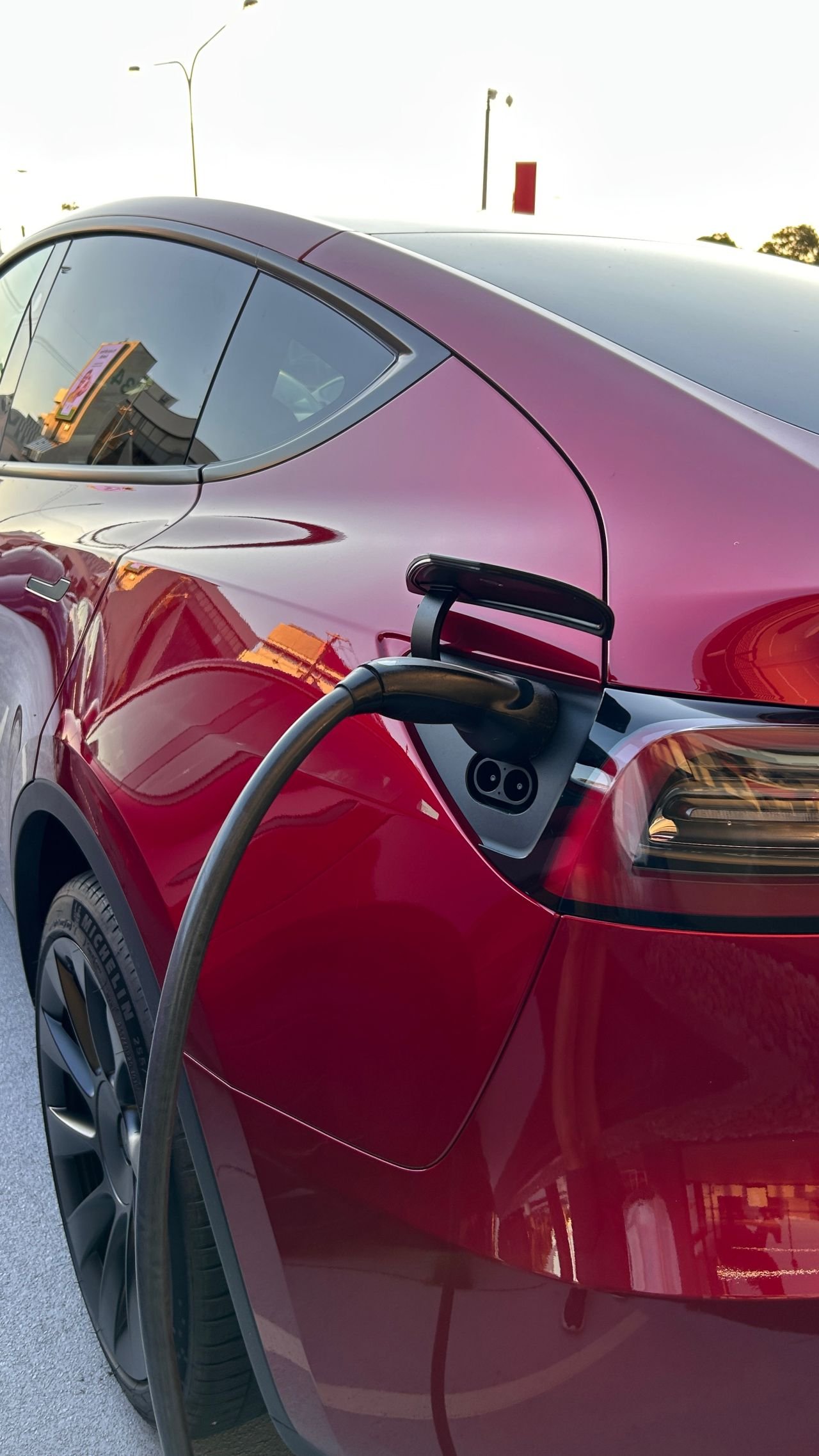
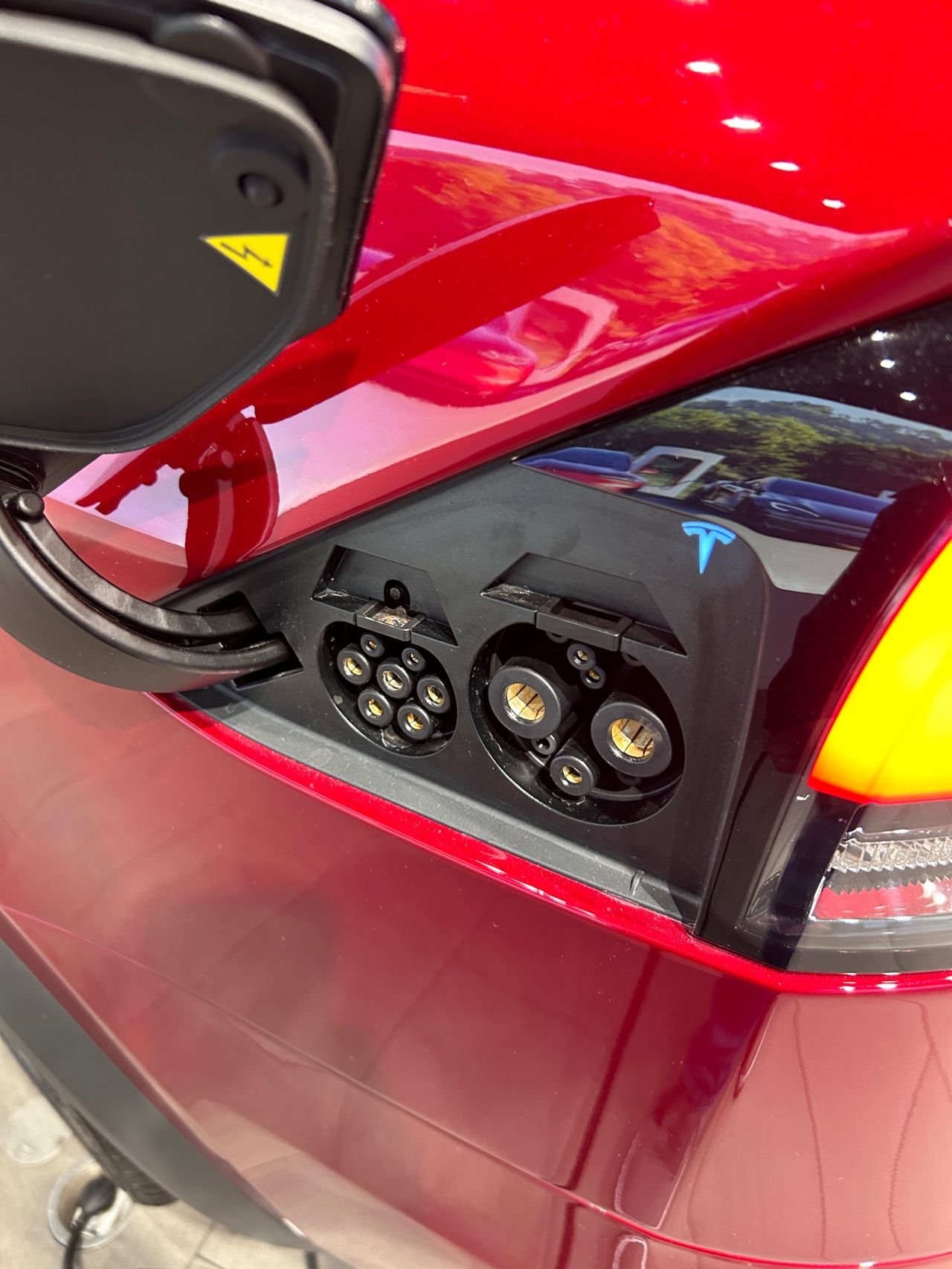
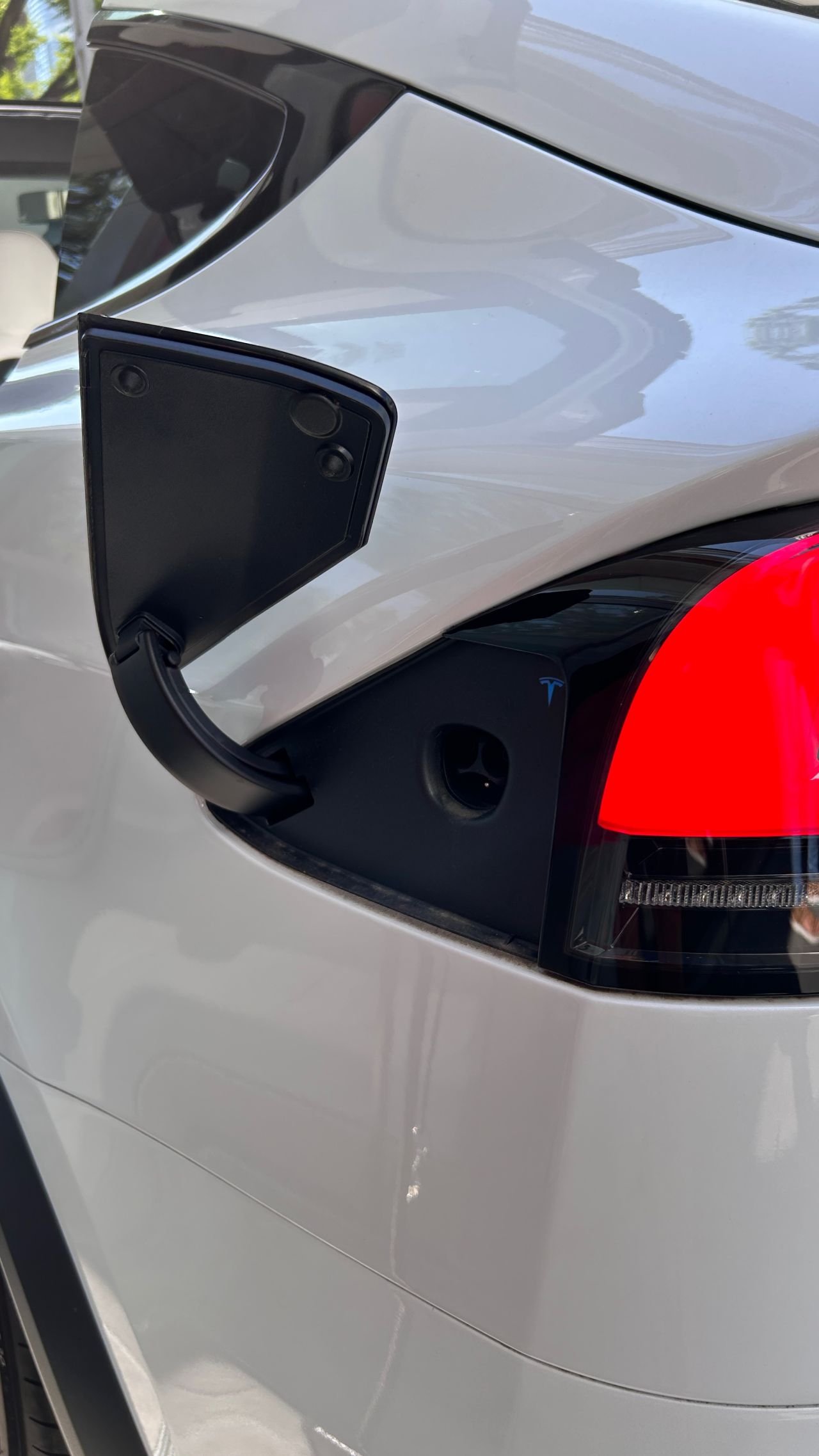
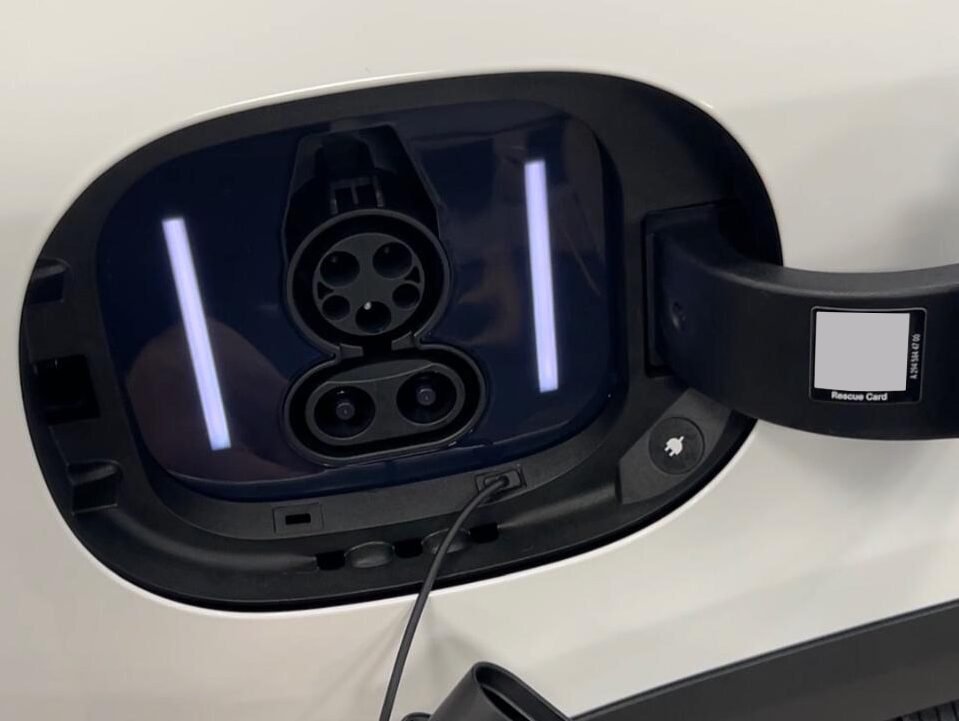
At AO CONNECT FZC LLC we bring the expertise and experience to support and consult on projects that ensure a seamless transition to new EV charging standards or enable EV cross compatibility (EVCCC) with most existing charging standards.
For more information, please feel free to contact us:


